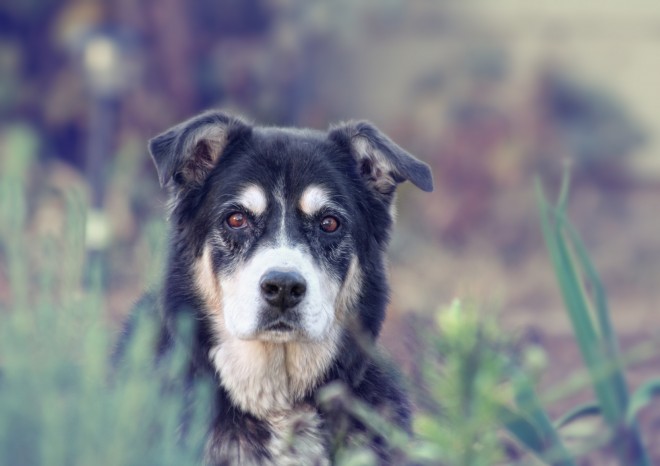

Cataracts of the eye are a condition that is often associated with old age (in both dogs and people) and while it is true that the condition is more common in mature dogs than their younger counterparts, they can still affect dogs of any age, breed and type. Cataracts can lead to problems with vision, and if left unchecked, may ultimately lead to complete blindness, but fortunately, they are often operable to save the dog’s vision.
Regardless of the age of your dog or if they have had any prior problems with their eyes, it is a good idea to find out some of the basics about canine cataracts, and know the warning signs to look out for. In this article, we will cover some of the most frequently asked questions about canine cataracts in more detail; read on to learn more.
Cataracts are a condition of the eye that causes the eye to take on a cloudy appearance, which may be accompanied by a hardening of the lens that makes it difficult for your dog to focus normally. They can affect either one or both eyes, and are more common in old age than in younger dogs, although they are not exclusively a problem of aging. Over time as the cataract grows and develops, it can completely obscure your dog’s vision, leading to full blindness.
Cataracts start small and grow progressively larger, beginning with small dots at the edges of the lens, covering 10% or less of the total area of the eye. They then develop into what is called immature cataracts, covering less than 15% of the eye. Mature cataracts cover the whole of the lens, and usually come accompanied by blindness, as the dog can no longer see out of the lens.
Cataracts can be caused by a variety of factors, including a hereditary propensity to them, old age, or as a secondary effect of another health condition. Dogs can even be born with cataracts already present in rare hereditary cases. Some of the most common causes of cataracts include:
Your vet will need to run a specialist eye exam on your dog to make a firm diagnosis of cataracts, but knowing whether or not your dog needs their eyes checked is another issue!
If your dog has cloudy eyes or other obstructions visible in the eye, seems to be clumsier than normal or is apt to bump into things, or is simply getting on in years, it can be worth asking your vet to take a look.
Once a cataract has progressed to the stage that it covers all or most of the eye, the dog’s vision will be obscured to the point of either total or almost total blindness. However, not all cataracts develop this far, and some are very slow to develop, or don’t grow past the smaller stages at all.
Cataracts are not usually painful for the dog, and in some cases, will not obscure their vision to any great degree. Even for older dogs whose vision is compromised, surgery is not always an option, due to the age and general infirmity of the dog and the associated risks that come with this. Dogs often adjust to full or partial blindness very well, and so surgery is not the automatic solution to cataracts, particularly for very old dogs.
However, surgical correction of cataracts is a common operation that is generally very successful, and surgery is the most common means of resolving the issue.
Where an underlying health issue such as diabetes leads to cataracts, getting the underlying condition under control is the key to ensuring that cataracts are unlikely to recur.
Cataracts have a hereditary element to them in a large proportion of cases, but they can affect so many breeds over all, particularly in dogs that reach old age, that there is no breed or type of dog that is considered to be more or less immune to them.
For some breeds and breed lines where hereditary cataracts are a known issue within the dogs, pre-breeding eye screening and testing can help to identify a propensity to cataracts, and the likelihood that they will be passed onto the litter, and such dogs should not be used for breeding.
However, not all cataracts are hereditary or come on for obvious reasons, so other than ensuring that you keep an eye on the health of your dog’s eyes, keep them fit and healthy and feed a balanced diet, there is no guaranteed way to prevent cataracts in the dog.
Copyright © 2005-2016 Pet Information All Rights Reserved
Contact us: www162date@outlook.com